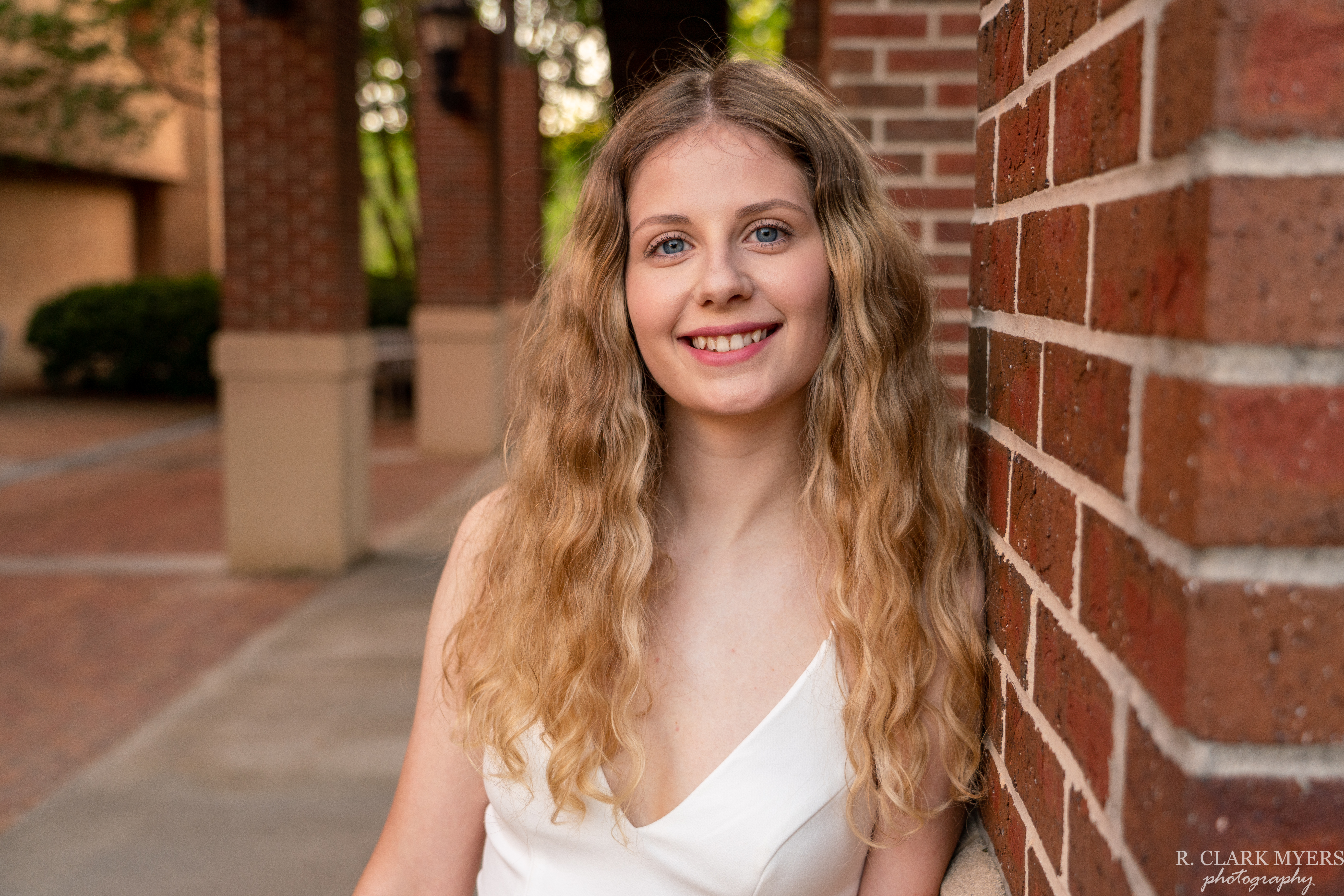Orthopedic and Rehabilitation Engineering
(G-278) The Effectiveness of a Custom Resistance-Band Device to Improve the Muscle Imbalance of a Patient with Severe Scoliosis

Gabrielle B. Heard, BSE (she/her/hers)
Student
Mercer University
Acworth, Georgia, United States- HV
Ha Vo, BSE, MS, MD, DPM, PhD
Eminent Scholar and Distinguished University Professor
Mercer University, United States
Presenting Author(s)
Primary Investigator(s)
Scoliosis, a condition characterized by a curvature of the spine on the frontal plane, affects about 2- 3% of people in the United States [1]. If left untreated, the condition can have detrimental effects on the person’s muscles, gait, and range of motion. Thus, depending on severity, many people often choose to treat the condition with surgery, physical therapy, steroids, and braces [1]. However, these treatment options are expensive, uncomfortable, have long recovery periods, and may lead to other complications [2]. Therefore, this study focused on creating a custom device for a 70-year-old man with severe scoliosis to correct the curvature and rotation of the spine while being less invasive, more comfortable, and cost-effective.
Materials and Methods::
Low-cost materials including neoprene, Velcro® patches, and elastic resistance bands were used to create a flexible and inexpensive deviation of an upper body brace. A neoprene shirt and short set were used as a base layer to act as a comfortable attachment point for the resistance bands while the Velcro® was used to attach the medium-strength resistance bands to the desired anchor points of the shoulder and hip. This pulled them both more superiorly and posteriorly and provided the force to pull the contracted muscles at the greatest curvature of the spine into tension. To determine if the device would provide the musculoskeletal system with more symmetry and stability, the degree of curvature, EMG, and gait were measured before the patient wore the device and while he was wearing the device. For the degree of curvature, the patient sat in a chair and bent forward while a goniometer measured, in degrees, the curvature of the spine at the region that exhibited the most curvature. EMG testing was conducted using the Low Back Sequence Test found in the Noraxon MR3 Software to determine if the device was pulling the desired muscles on the left side from contracture into tension by analyzing their mean activation. Gait analysis was conducted using Streifeneder’s PRO Vision 2D system for the patient’s initial contact, midstance, and midstance contralateral gait. The trunk and pelvis angles were measured for each and compared to the normal values of the trunk and pelvis at each phase.
Results, Conclusions, and Discussions::
The curvature of the spine was measured as 4.5 degrees to the right before wearing the device and 1.0 degrees to the right while wearing the device. Since the device was only worn for 15 minutes, the change in curvature is less of a change in the physical curvature of the spine and more of a change in the muscle imbalance. Thus, the findings demonstrate that muscles are now more evenly positioned than before the device. The Low Back Sequence test EMG produced consistent results that the left muscles were more activated while wearing the brace than before the brace, demonstrating that the device was not only targeting the correct muscle regions but also working to pull them from contracture to tension. Only one outlier occurred during the flexion-relaxation test for the lumbar region where the activation decreased. During gait analysis, only the pelvis angle improved from being 9.62 degrees from the normal value to 7.82 degrees from the normal value during the initial contact stance. Trunk angle, midstance, and midstance contralateral data demonstrated negative results, but this is believed to be the effect of the patient being tired during this portion of testing and using a very high amount of external support to stabilize himself. After all testing was concluded, the patient confirmed that he felt more comfortable and stable in this device and would prefer to wear it more than his current rigid brace. EMG and degree of curvature testing provide evidence that long-term use of the device could decrease the contraction of the muscles to produce more muscle symmetry thereby gradually reducing the curvature of the spine. More testing should be conducted for the posterior gait to determine if the device is improving the joint angles. Further testing should also be implemented in stages to determine the progress, if any, the device is making at reducing curvature. The device should also be customized for other patients to determine if this device is a viable treatment option for everyone.
Acknowledgements (Optional): :
References (Optional): :
[1] Scoliosis. American Association of Neurological Surgeons. (n.d.). https://www.aans.org/Patients/Neurosurgical-Conditions-and-Treatments/Scoliosis
[2] Scoliosis treatment options for kids and adults. Hospital for Special Surgery. (n.d.). https://www.hss.edu/condition-list_scoliosis.asp#treatment
